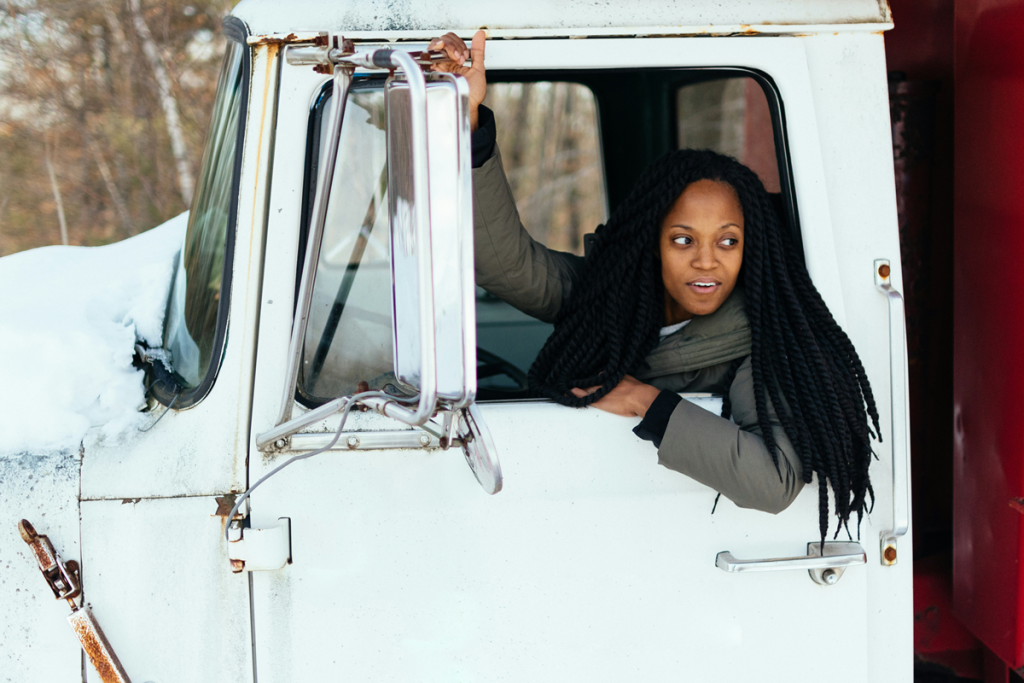The traditional image of workplace hazards often brings to mind construction sites, factories, or the intense physical demands faced by frontline responders. However, this perspective largely centers around male-dominated industries. Beyond this familiar landscape exists a range of unconventional, often female-driven careers that carry unique and frequently overlooked risks.
In this article, we explore beyond the typical office desk careers to reveal hidden hazards faced by women in rare, specialized professions.
Working in Isolation for Field Technicians and Remote Engineers
For female field technicians and remote engineers, isolation isn’t just physical; it can be deeply psychological. Frequently assigned to isolated sites such as oil rigs or offshore wind farms, these women endure long stretches without direct interaction.
An MDPI study published in 2023 revealed that female engineers globally represent only 10 to 20% of the engineering workforce. In contrast, women make up over 50% of non-engineering technical disciplines. This disparity underscores the gender gap in engineering and the challenges women face. These include isolation, limited support, and barriers to entry in specialized roles.
Limited access to immediate support, medical assistance, or mental health resources can exacerbate stress and burnout. The absence of mentorship or peer support deepens the sense of isolation many women experience in remote roles. As a result, they must manage both the technical challenges of their work and the emotional strain of prolonged solitude.
Delivery Duties Under Pressure for Women in Postal and Courier Services
While delivering packages may seem routine, women in postal and courier roles face tough physical and environmental challenges. From navigating unfamiliar areas alone to lifting heavy loads under time pressure, the risks are often underestimated.
In one tragic example, WRAL News reported the death of a Fayetteville postal worker in July 2024. The worker had spent hours in a mail truck on a 95-degree day. Heat exposure is just one of many hazards. In such cases, a Fayetteville personal injury lawyer can help families understand their rights and pursue justice.
Keith Law Group suggests that a local lawyer can help pursue compensation for wrongful death or negligence. They can investigate if safety rules were followed and whether the employer failed to protect against extreme conditions.
Beyond deliveries, women often deal with street harassment, harsh weather, and limited access to restrooms or breaks. As more women join these roles, postal services must improve working conditions to protect their well-being.
How can postal services improve the safety and well-being of women on the job?
Postal services can enhance women’s safety by improving route security and offering self-defense training. Providing well-lit delivery zones and access to mental health support is essential. Panic-alert uniforms and inclusive workplace policies further ensure a secure, supportive environment for female postal workers.
Risks on the Road for Female Long-Haul Truck Drivers
Female long-haul truck drivers face challenges that go beyond the profession’s usual demands. Alongside traffic risks and tight schedules, they deal with personal safety concerns at isolated stops and a lack of secure restroom facilities. Harassment and discrimination in a male-dominated field also contribute to the psychological strain of the job.
Safety and Health Magazine reported that 17% of women experience harassment or discrimination daily, compared to 8.4% of men. Additionally, over 22% of women face it weekly or monthly, which is double the rate of male respondents.
ATRI found that 24.7% of women left trucking due to safety concerns versus 11% of men. These numbers highlight the need for better safety and support tailored to female truck drivers.
What are the best safety tips for women driving overnight routes?
Women driving overnight should choose well-lit, busy rest stops and always keep vehicle doors locked. Avoid sharing route details with strangers to maintain privacy. GPS tracking, the use of safety devices, and regular check-ins with a trusted contact help increase safety.
The Invisible Obstacles for Women in Industrial Trades
Though industrial trades like welding and electrical work now include women, they still present subtle yet significant challenges. Physical demands, ill-fitting protective gear, and limited access to gender-specific facilities are just part of the problem. More pressing is the pervasive cultural resistance, like women often facing skepticism about their capabilities, isolation in male-dominated crews, and subtle forms of exclusion.
Health and Safety International reported that over 25% of women say their PPE doesn’t fit or feels uncomfortable. A survey by the Women’s Engineering Society revealed that most PPE is designed for male body types. While 60% of men reported a good fit, only 26% of women said the same.
Women Working as Wildlife and Rescue Workers
Women in wildlife conservation and animal rescue encounter unique hazards beyond the obvious dangers of working with unpredictable animals. The job’s physical demands, like lifting injured animals and traversing rugged terrain, add to the strain.
Prolonged exposure to harsh weather can also result in musculoskeletal injuries and long-term health concerns. Furthermore, exposure to zoonotic diseases and potential bites or scratches necessitates stringent safety protocols, which may not always be adequately provided or enforced.
Are there specialized training programs for women entering high-risk conservation roles?
Yes, specialized training programs are available for women in high-risk conservation roles. Programs like the International Anti-Poaching Foundation’s “Akashinga” provide tactical, survival, and wildlife protection skills. These initiatives focus on safety, leadership, and field readiness for demanding conservation work.
Shining a Light on the Unseen Struggles
As more women enter high-risk, unconventional careers, we must look beyond praise to confront their real challenges. Their work is vital, not just for their industries but for future generations of women.
Addressing hidden hazards with targeted support and inclusive policies ensures they receive the respect and safety they deserve.



